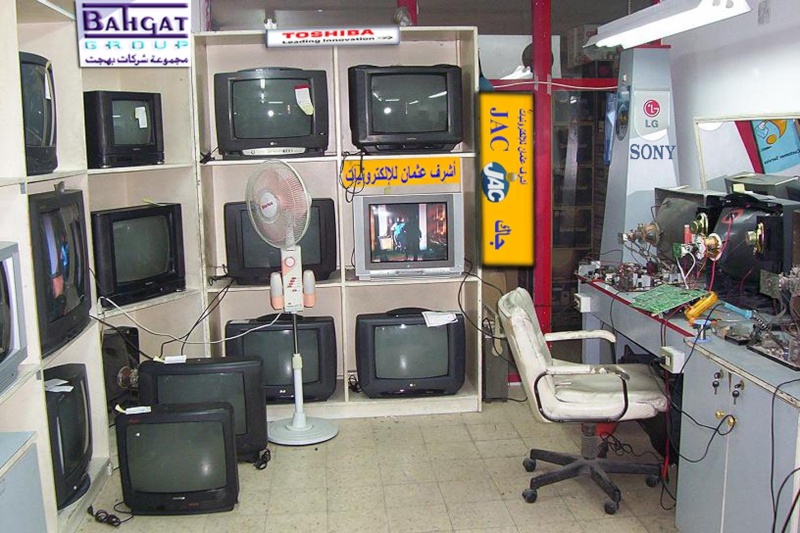Plasma TV Recycled For Education
Ever since I have taken up electronics as a hobby, everyone seems to have a faulty electronic appliance.
I work for TAFE (Technical & Further Education) as an Automotive Lecturer and we are always looking at ways to stretch our budget. One of my workmates had recently been to the rubbish tip to empty his trailer of rubbish. Just like me, he came home with something as well. But instead of taking his goods to his house, he brought it to me! We had to sneak them in so my wife didn’t see!
“More Junk!?!”
He had managed to pick up 2 flat screen TVs, one is a Dick Smith GE6833 LCD TV, which is very difficult to find any information or schematics for and the other was a Panasonic TH-50PZ80A Plasma TV. I started with this one first.
[ندعوك للتسجيل في المنتدى أو التعريف بنفسك لمعاينة هذا الرابط]hen the power switch is turned on, the standby light flashes twice. I had never worked on a Plasma TV before, so I had much to learn. After much research on the internet and purchasing several EBooks from
[ندعوك للتسجيل في المنتدى أو التعريف بنفسك لمعاينة هذا الرابط] (thanks for the help Kent), I was able to trace the fault.
[ندعوك للتسجيل في المنتدى أو التعريف بنفسك لمعاينة هذا الرابط]By disconnecting the mainboard from the power supply, you can isolate where the fault is. My TV refused to show a backlight, when the 3 connectors were removed.
The Three Mainboard Connectors Disconnected
This indicated a power supply fault. These also have a common fault with 15 Volt standby and also the V-SUS voltage.
By testing for 15V standby at connector P7, Pin 1, I could see that during switch on, I had the necessary voltage. However, when testing for Vsus voltage (190V) at connector P2, Pin 1, only 2 volts were found – a far cry from the required 190 Volts!
Two almost identical circuit boards are located on the power board. The one shown on the left is a driver that switches the FET transistors, oscillating the transformer that supplies the 15 Volt standby voltage. The other is a driver for the Vsus Voltage of 190 volts.
It was time to get out my can of freeze spray! After freezing the Vsus IC, the TV operated correctly when switched on. At least I knew where the fault was…
I was able to purchase the kit I needed to repair the circuit boards. They come in a pack of two as both ICs are usually replaced at the same time.
[ندعوك للتسجيل في المنتدى أو التعريف بنفسك لمعاينة هذا الرابط]Included in the kit are 2 electrolytic capacitors that are also replaced. These are surface mounted, but are much easier to fit than the originals due to their larger size.
A friend of mine had made me a 3D printed circuit board holder and I had found it very useful for repairs that had done before. This time it proved invaluable.
I reassembled the TV, switched it on and to my surprise, IT WORKED! I ran it for about 8 hours to test it thoroughly.
I will now pass it on to our TAFE College for use in a classroom. Saved from the rubbish tip – I’d say that’s a successful repair!






